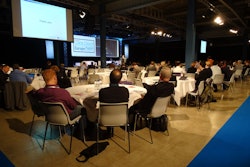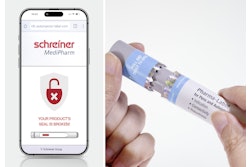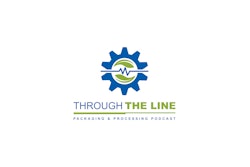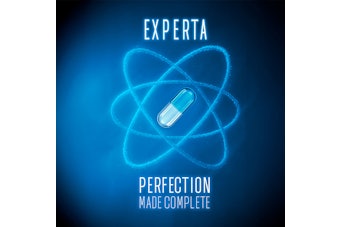Against the backdrop of greater pressures for transparency and compliance in the controlled-temperature pharmaceutical and healthcare supply chain, driven by the European Union’s new Guidelines on Good Distribution Practice of Medicinal Products for Human Use (GDP), 400 plus attendees came together Jan. 28-29 in Luxembourg to share best practices at the 13th Annual Cool Chain & Controlled Room Temperature Logistics Europe conference.
Over the course of the two-day event, nearly 50 speakers, representing healthcare and pharmaceutical product manufacturers, industry suppliers, regulators, and complementary associations, among others, debated cool chain issues such as the ubiquitous balance between quality and cost, the importance of communication, and strategies for compliance and quality assurance.
Among the observations made and information shared at the event were the following:
• Often disregarded because of the long transport times involved, sea freight is a much less expensive shipping method—costing nearly 70% less than air freight. It is also a much more stable method when it comes to temperature control. AstraZeneca went from 80%+ excursions by air to less than 1% by sea, moving from 5% volume by sea in 2012 to 70% by 2014. (Julian Wann, Global Category Leader, Freight & Logistics, AstraZeneca, “Case Study: Logistics Process Performance Management.”)
• Among the future challenges for optimizing the pharmaceutical supply chain are the improvement of existing processes and operations through collaborative forecasting, planning, and inventory management; real-time access for data for every internal and external supplier, and for every step of the whole supply value chain; and the development of tools to ensure a clear understanding of the company operating costs, among others. (Erica Monfardini, PhD, Director, Pharma & Life Sciences, PwC, Luxembourg, “Preparing for Life Science Supply Chain Growth in an Ever-Changing Global Economy and Pharmaceutical Business.”)
• The method of “bracketing,” or grouping similar lanes over a summer/winter period, for the validation of cold chain routes, can enable a pharmaceutical/healthcare manufacturer to qualify whole new lanes in a very short time, when they fit existing profiles. This system is being used at Pfizer, where the company ships to 180 destinations using just eight packouts for winter and summer. (Graham Martin, Supply Chain Excellence Manager, Pfizer, “Reducing Lead Times and Maximizing Efficiency through Developing a Geographical Zoning Approach.”)
• Among the drivers of new supplier innovations are changing business models; price pressures; shareholder returns; and patent expiration. (Steve Healy, Global Director of Sales, DGP Intelsius, moderator, “Balancing the Need for Supply Chain Partners to Innovate with the Slow Moving Wheels of Big Pharma to Adopt.”)
• Environmental sustainability of packaging is becoming a big factor. “When pharma companies are going into new markets, when we go to the Healthcare Ministries, we have to go in forearmed. The thing is, cost of a vial or syringe is one thing. But that’s not what you are totally measured by when you try to go to market in big pharma. You have the cost and—would you believe it—environmental sustainability. One of the biggest factors now in the healthcare industry is, when you go into a new market, they are asking for your environmental sustainability as well, and you are marked at a particular level.” (Graham Martin, Supply Chain Excellence Manager, Pfizer, panelist, “Balancing the Need for Supply Chain Partners to Innovate with the Slow Moving Wheels of Big Pharma to Adopt.”)
• Risk is a combination of temperature and time. (Dominic Allen, Director, Integrated Biobank of Luxembourg, “The Impact of Temperature and Other Parameters on the Quality of Biological Samples.”)
• The air-freight industry must “reshape” in order to halt the movement of shipments to other methods of transportation by aligning solutions with customer demands; reducing costs, simplifying processes; embracing technology; replacing the status quo with innovation; collaborating to produce integrated solutions; and defining relationships with Forwarders and Ground Handlers. (Andrea Gruber, Manager, Business Process and Standards, International Air Transport Association, “IATA New Auditing Principles for Air Freight Quality Processes.”)





















